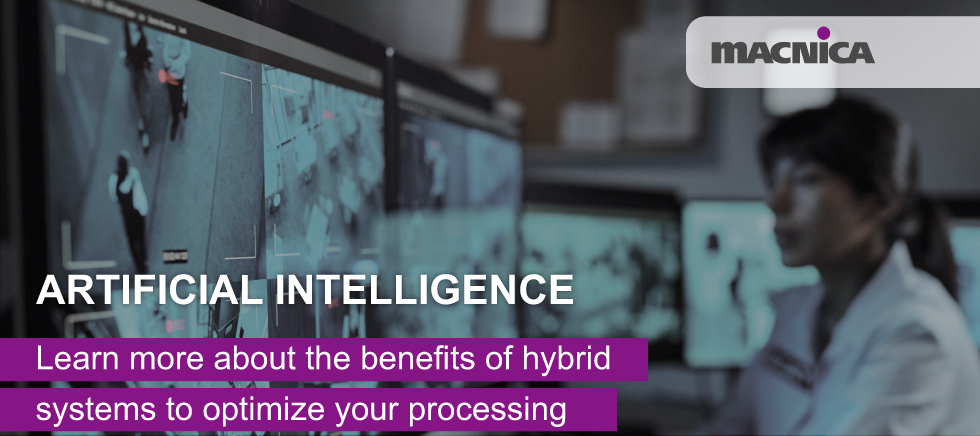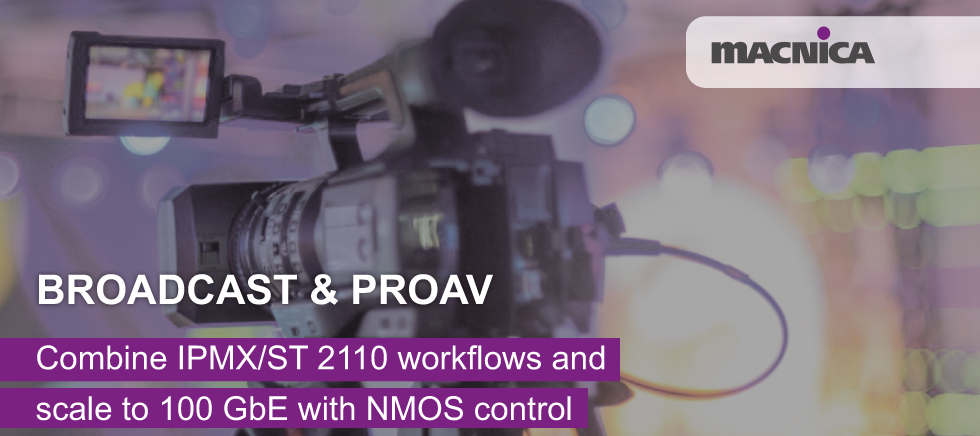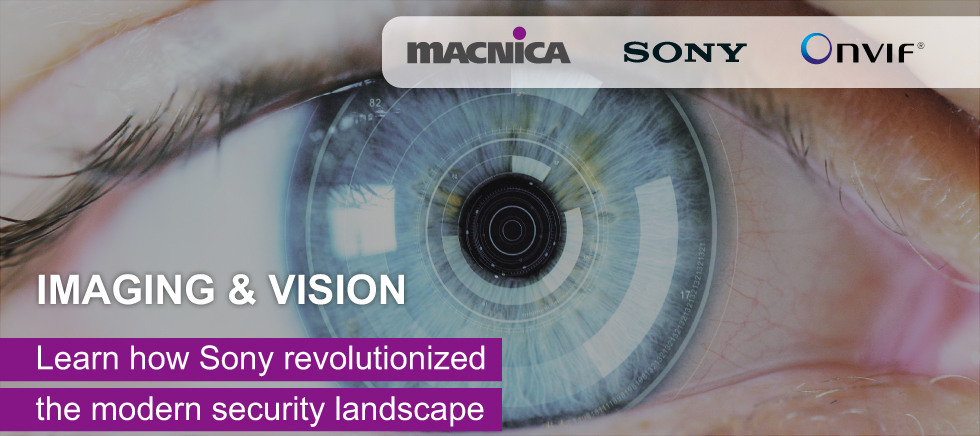Where to Deploy Real-Time Video Analytics: Cloud, Edge, or On-Prem?
By Conor Brownrigg, Director of Business Development at Macnica Americas, Inc.
Real-time video analytics was the talk of the town at ISC West this year. Camera companies, VMS companies, AI companies… it really was everywhere, and understandably so! Real-time AI helps organizations detect threats in seconds, respond faster, lower overall monitoring costs, and much more. But one key decision underlies every deployment: where should the processing happen? The cloud, the edge, or on-prem servers? Let’s unpack the options.
Cloud-Based Video Analytics: Flexible and Scalable
Cloud-based analytics sends video to remote data centers for processing. This approach is ideal for organizations looking for flexibility and convenient scalability. It handles growing workloads easily, requires minimal on-site infrastructure, and involves very low upfront costs. It also benefits from automatic updates that simplify ongoing maintenance. However, transmitting video to the cloud adds delay, which can impact real-time responsiveness. Streaming high-resolution footage also demands significant bandwidth, potentially straining your network or increasing costs. Running advanced analytics in the cloud, especially those relying on GPU-intensive workloads, can be extremely expensive at scale, with costs compounding quickly. In addition, organizations may have limited visibility into how and where their data is stored, raising concerns about cybersecurity, regulatory compliance, and control over sensitive footage.
Edge-Based Video Analytics: Speed and Efficiency at the Source
At this year’s Embedded Vision Summit, it was clear how far the industry has shifted. Not long ago, the story was all about the cloud, no hardware, minimal IT staff, and infinite scalability... but now, the pendulum has swung back. The most exciting innovations were focused on moving AI workloads from the cloud to the edge, and the reasons were compelling: faster response times, reduced bandwidth, better privacy, and more control. This transformation has been made possible by powerful, energy-efficient AI accelerators like NVIDIA Jetson, Ambarella CVflow, Hailo-8, and AMD’s Ryzen Embedded. Newer players such as DeepX are also pushing the boundaries of what’s possible at the edge. Edge AI delivers a key advantage for real-time video monitoring by performing an initial layer of intelligent filtering before data ever leaves the device. This allows systems to catch critical events immediately while minimizing the volume of data sent upstream. This saves bandwidth, reduces cloud processing costs, and improving overall cybersecurity by keeping more data local. That said, edge deployments still face limitations. Devices like AI hubs or gateways often lack the computational power to run advanced deep learning algorithms, making them unsuitable for more complex use cases. They typically do not support complex models or large-scale multi-stream processing. Deploying, maintaining, and updating hardware across multiple locations can also be logistically challenging and resource-intensive.
On-Premises Video Analytics: Power and Control
With on-premises analytics, video is processed on servers at your site, typically in a centralized location. This setup supports intensive workloads and enables you to run complex analytics models without paying steep cloud processing fees. It keeps all data within your local network, offering maximum control and helping meet strict privacy or compliance requirements. Many on-prem systems can also continue working during internet outages, making them reliable for high-security or mission-critical environments. The main drawback is capital expenditure. Deploying on-premises infrastructure requires a large upfront investment in hardware, physical space, and IT staff. However, that investment pays off over time. By owning your system, you eliminate recurring cloud service fees and gain long-term financial predictability and operational independence. For organizations with the resources and in-house expertise, investing in on-prem servers often delivers the highest return on investment over time.
Blending Approaches: Making Hybrid Systems Work
Many organizations are choosing hybrid systems that combine cloud, edge, and on-premises processing. In a hybrid setup, edge devices handle real-time detection, on-prem servers take care of intensive tasks, and cloud platforms offer long-term storage or high-level analysis. This layered approach balances performance, scalability, cost, and privacy. The ideal architecture varies by use case. One site may require fast response and tight privacy controls, while another might prioritize simplicity and cost-efficiency. There’s no one-size-fits-all solution. Hybrid systems allow organizations to customize their deployments based on operational goals, technical requirements, and infrastructure maturity. With thoughtful planning, hybrid video analytics can deliver reliable, flexible, and future-ready security. Macnica can help you evaluate your infrastructure and define a deployment architecture that aligns with both your technical requirements and commercial objectives.
Ready to optimize your video analytics strategy? Contact Macnica today to explore the best deployment model for your organization and take the next step toward intelligent, real-time security.







